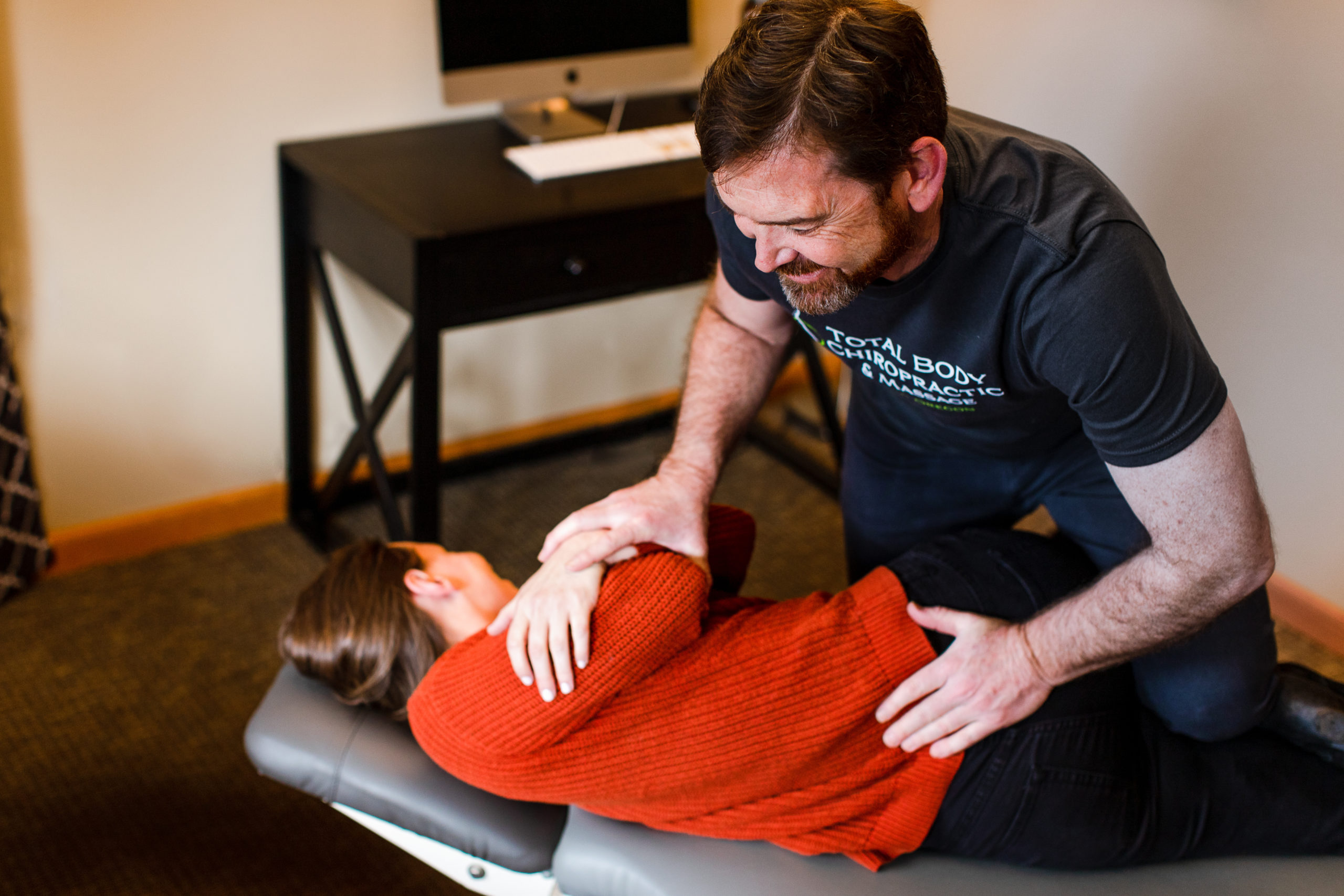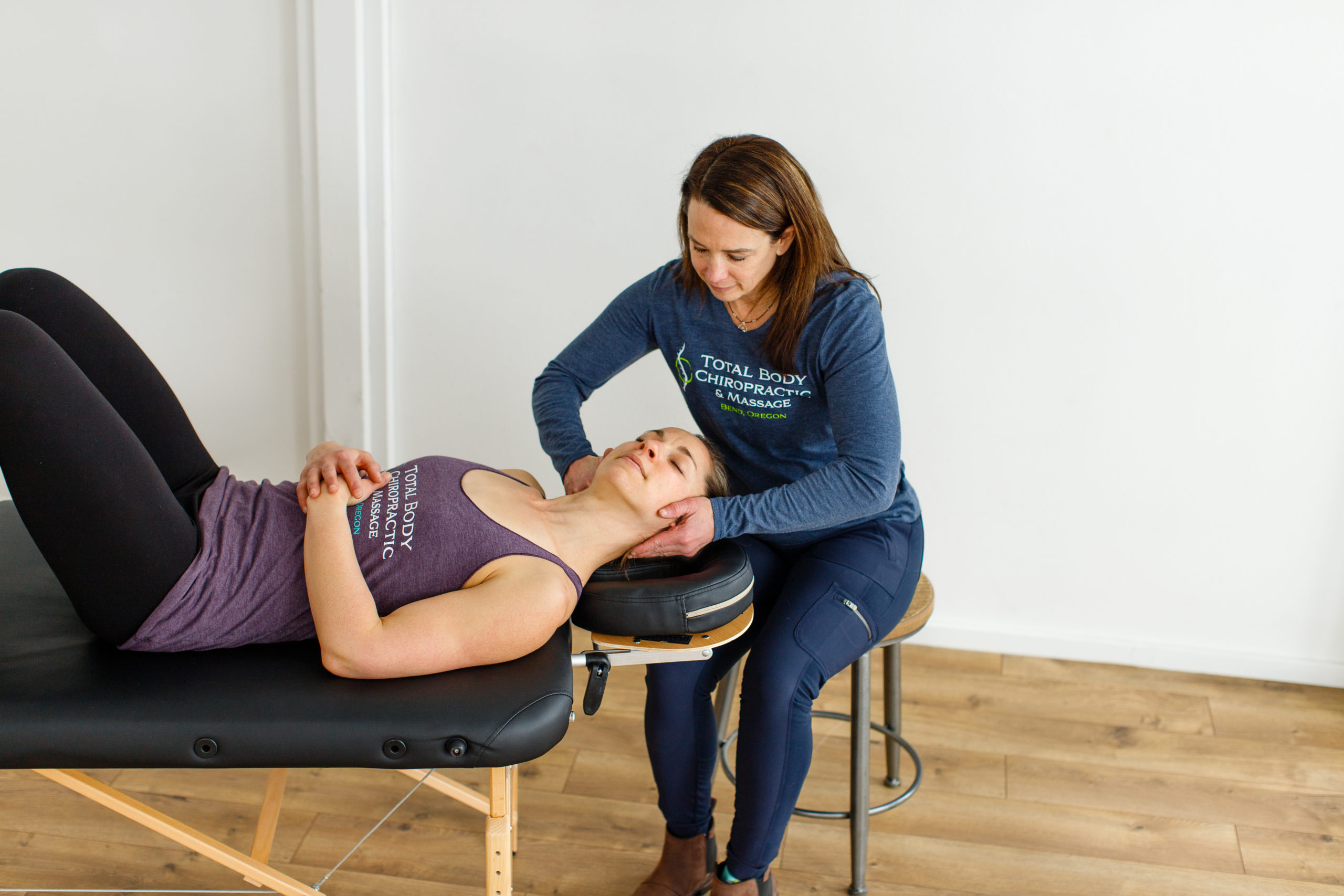Get Ready for Summer with Chiropractic Support
As the snow melts and Bend’s mountains and trails begin to bloom, it’s the perfect time to get back outside and enjoy the activities you love—hiking, biking, paddleboarding, or simply walking along the river. But if you’re like many people, the transition from winter hibernation to active movement can come with some unwanted surprises: muscle tightness, lower back pain, or even a sharp jolt that shoots down your leg.
If that sounds familiar, you might be dealing with irritation of the sciatic nerve, a condition that can put a serious damper on your summer plans. Fortunately, preparing your body now with targeted chiropractic care can help you step into spring feeling strong, aligned, and pain-free.
The Outdoor Lifestyle and the Risks of Sciatic Flare-Ups

Living in Bend means being active. Whether it’s hiking at Shevlin Park, biking the Deschutes River Trail, or simply doing yardwork under the sun, locals thrive on movement. But activity comes with increased demand on the spine and the supporting structures of the lower back—and that’s where problems often start.
After a winter of sitting more and moving less, your spine might be stiff, your muscles tight, and your posture compromised. Then spring hits, and you’re suddenly lifting gear, bending to weed your garden, or hitting the trails. Without preparation, these movements can compress the sciatic nerve, leading to a condition known as sciatica.
Sciatica occurs when the sciatic nerve is pinched or irritated, often by herniated discs, inflammation, or misalignment of the spine or pelvis. The resulting sciatica symptoms can include burning, tingling, or radiating pain down the leg. Many people describe it as an electric shock that makes even basic activities uncomfortable or unmanageable.
If you’ve had sciatica before, the chances of it returning during activity spikes in spring and summer. But that doesn’t mean you’re stuck with it—especially if you start preparing now.
How Chiropractic Treatment Supports an Active Lifestyle

Chiropractic care is uniquely suited to help people transition safely from sedentary to active routines. At Total Body Chiropractic in Bend, we take a full-body approach to preventing and relieving sciatica pain. Instead of masking symptoms, we focus on addressing the underlying cause of discomfort so you can move freely and confidently.
One of the primary tools we use is the chiropractic adjustment, which helps restore spinal alignment and mobility. When the vertebrae are properly aligned, nerve pressure is reduced—making it less likely that the sciatic nerve will become irritated during activity.
We also offer spinal decompression, a technique that gently stretches the spine to alleviate pressure on discs and nerves. This can be particularly effective for those whose sciatic pain is related to disc issues or muscle spasms in the lower back.
Another key part of your chiropractic treatment plan may include manual therapy and stretching. Tightness in the hips and glutes can place excess tension on the sciatic nerve, especially if you’ve been sitting for long periods. Addressing these imbalances through focused care reduces your risk of flare-ups and supports smoother movement when you’re out on the trail or working in the yard.
Smart Strategies to Avoid Sciatica This Season
To help you stay ahead of sciatic nerve pain this spring and summer, here are five chiropractor-recommended steps you can take today:
1. Warm Up Before You Play – Before hiking, biking, or gardening, get your body moving with light stretches and dynamic exercises that activate your glutes, hips, and core.
2. Schedule a Spinal Adjustment – Regular chiropractic care improves spinal alignment, reducing the risk of inflammation and compression on the sciatic nerve.
3. Stretch Tight Areas Daily – Focus on the hamstrings, hip flexors, and piriformis muscles to ease tension and prevent spasms.
4. Use Good Body Mechanics – Whether you’re lifting kayaks or digging in your flower beds, keep your spine neutral, bend at the knees, and avoid twisting abruptly.
5. Stay Hydrated and Move Often – Dehydrated muscles fatigue faster and tighten up, increasing the likelihood of a sciatica episode. Regular movement and hydration help maintain mobility and cushion spinal discs.
When to Seek Help from a Chiropractor in Bend

You don’t need to be sidelined by sciatic pain to benefit from seeing one of our Bend chiropractors. In fact, we often see patients who want to stay ahead of discomfort before the active season begins. Chiropractic care can support your wellness goals by identifying and correcting early signs of spinal dysfunction or muscular imbalance.
If you’re already experiencing lower back pain, numbness, or tingling down one leg—or if standing or walking triggers discomfort—you may already be dealing with sciatica. Early intervention with chiropractic adjustment, soft tissue therapy, and spinal decompression can stop the pain from progressing and promote faster healing.
Even if symptoms are mild, it’s better to act now than to push through pain and risk more severe problems. Our chiropractic team will develop a treatment plan based on your specific needs, activity goals, and the state of your musculoskeletal system, helping you return to the activities you love without worry.
Lifestyle Changes That Make a Lasting Difference
Healing from sciatica and staying pain-free throughout the season isn’t just about what happens in the treatment room—it’s also about the habits you build outside of it. At Total Body Chiropractic, we guide you through sustainable lifestyle changes that promote lasting relief and improved physical performance.
This might include coaching around proper posture during work or recreation, recommendations for ergonomic gear, and customized home stretches that complement your care. We also encourage specific strengthening exercises to reinforce the core and improve support for your spine—so you’re not just out of pain, but fully equipped to stay that way.
Regular, low-impact exercise plays a key role in sciatica prevention and recovery. We often recommend activities like walking, swimming, gentle yoga, or using resistance bands to target stabilizing muscles. These movements improve circulation, reduce muscle tension, and help prevent the muscular imbalances that can lead to sciatic nerve irritation.
By focusing on prevention, mobility, and support, you’ll create a foundation that allows you to enjoy the full range of everyday activities Bend offers—from riverside walks to summer races—without the fear of sciatica slowing you down.
Your Next Step Toward a Stronger, Pain-Free Season
The best time to prepare for summer activity is before the action begins. Whether you’ve struggled with sciatica in the past or just want to ensure your body is ready for adventure, chiropractic care is one of the most effective, natural, and supportive ways to get there.
At Total Body Chiropractic in Bend, Oregon, we believe in helping you move better, feel better, and fully enjoy your outdoor lifestyle—without relying on medication or invasive procedures. With personalized care, expert adjustments, and a focus on lasting results, we’re here to help you make this your most active, pain-free season yet.
Book your appointment today and take the first step toward long-term relief, improved movement, and the confidence to get out and explore Bend this spring.
Frequently Asked Questions
1. What is sciatica, and how do I know if I have it?
Sciatica is a condition that occurs when the sciatic nerve becomes irritated, often due to spinal misalignment, a herniated disc, or tight muscles in the lower back and hips. Common signs include pain that radiates from your lower back down one leg, tingling, or a feeling similar to an electric shock. If your discomfort worsens during movement or after long periods of sitting, it’s worth seeing one of our chiropractors in Bend for a proper assessment.
2. How does chiropractic care help with sciatica pain?
Chiropractic treatment targets the root causes of sciatica, such as nerve compression, poor spinal alignment, or muscular imbalance. Through chiropractic adjustments, spinal decompression, and soft tissue therapy, we help relieve pressure on the sciatic nerve, ease muscle spasms, and improve overall movement. Many patients experience both immediate and long-term relief with consistent care.
3. Can chiropractic adjustments prevent sciatica from coming back?
Yes—regular chiropractic adjustments not only relieve current pain but also support healthy posture, mobility, and nerve function. When the spine and surrounding muscles are balanced, there’s less chance of recurring sciatic pain. We also provide guidance on lifestyle changes and strengthening routines that support your spine between visits.
4. Is it safe to exercise or hike if I’ve had sciatica?
It depends on the severity of your symptoms and your current level of recovery. With a proper treatment plan and guidance from a sciatica chiropractor, many people return to activities like hiking or biking safely. It’s important to start gradually, warm up thoroughly, and incorporate specific stretches to protect your sciatic nerve and support your musculoskeletal system.
5. What should I expect at my first chiropractic visit for sciatica?
Your first visit will include a comprehensive evaluation of your spine, posture, and sciatica symptoms. We’ll discuss your activity goals, identify any underlying issues, and create a personalized care plan. Treatments may include spinal adjustments, manual therapy, or other techniques designed to reduce inflammation and restore function—naturally and without drugs.
6. When should I see a chiropractor for lower back or leg pain?
If you’re experiencing persistent lower back pain, tingling, or leg discomfort that interferes with everyday activities, it’s a good idea to visit a chiropractor. Early care helps reduce your risk of worsening symptoms, supports better healing, and ensures your spine and sciatic nerve are functioning properly—especially as you become more active in spring and summer.
